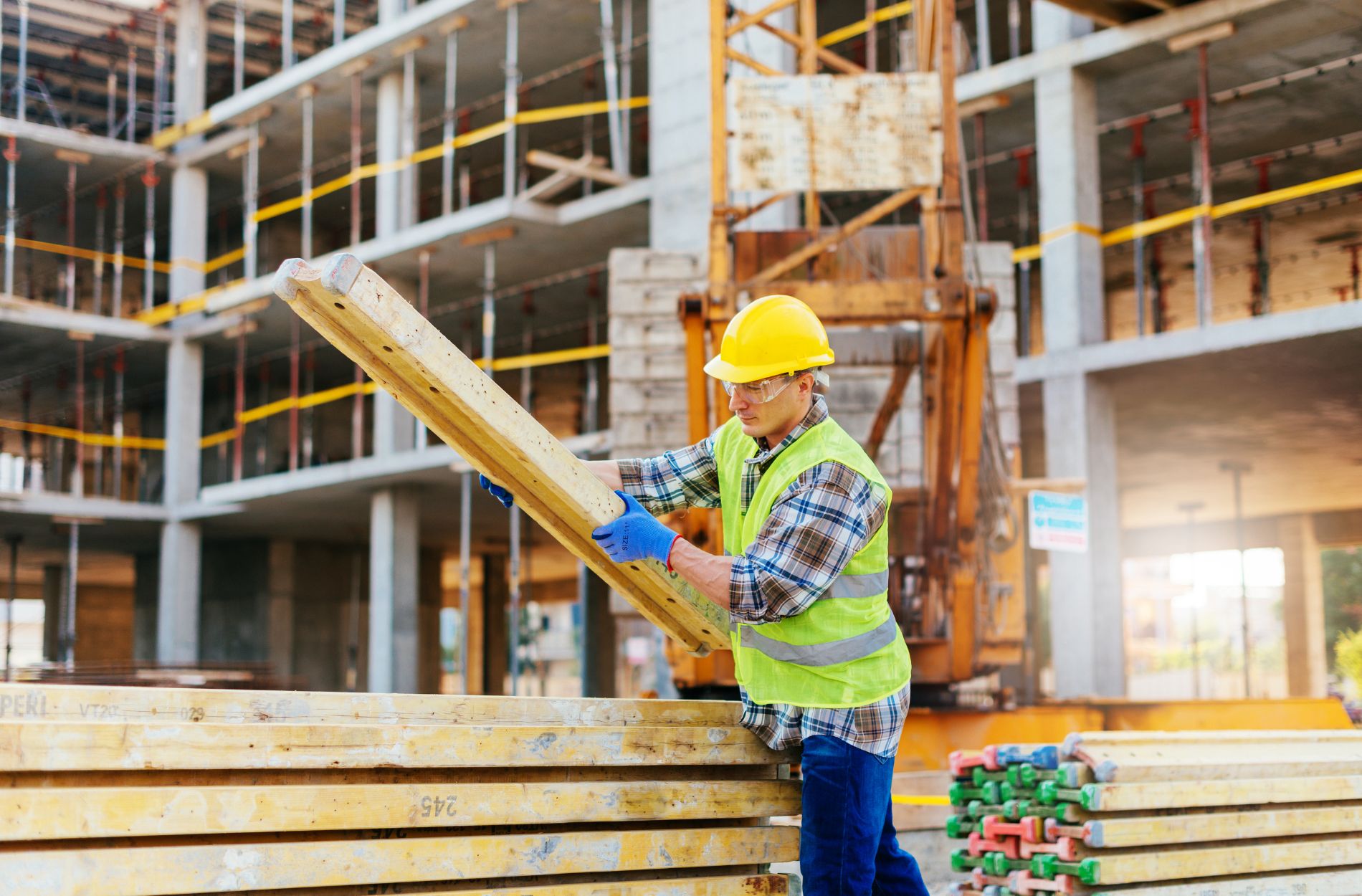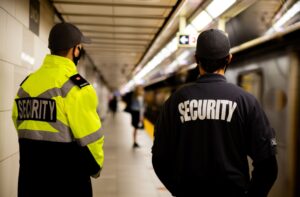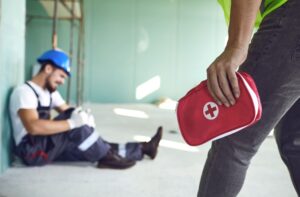Health and safety on a construction site are crucial. Construction sites are filled with potential hazards, from heavy machinery to high scaffolding. Knowing who is responsible for maintaining safety can prevent accidents and injuries.
Each person on a construction site has a role in ensuring safety. From the employer to the individual worker, everyone must follow safety guidelines. Understanding these roles can help create a safer working environment.
In this article, we will explore the different responsibilities each person holds on a construction site. We will look at the duties of employers, supervisors, and workers, and answer some common questions about construction site safety. This knowledge can make a significant difference in preventing accidents and promoting a safe workplace.
Key Roles and Responsibilities on a Construction Site
Understanding the key roles on a construction site is important for maintaining safety. Each role has specific duties that contribute to a safe environment.
1. Employers
Employers or contractors are responsible for the overall safety of the construction site. They must provide a safe working environment, ensure proper training, and supply necessary safety equipment. Employers must also conduct regular risk assessments and implement safety measures.
2. Supervisors and Site Managers
Supervisors or site managers oversee the day-to-day activities on the construction site. They ensure workers follow safety protocols and use equipment safely. Supervisors must monitor the work environment for any new hazards and report them promptly. They also play a crucial role in enforcing safety policies and providing guidance to workers.
3. Workers
Workers are responsible for their safety and the safety of those around them. They must follow safety instructions, use protective equipment, and report hazards or unsafe practices. Workers should also attend safety training sessions and stay aware of their surroundings.
4. Safety Officers
Safety officers, if present, specialise in identifying and mitigating risks. They conduct regular safety audits, provide training, and ensure compliance with health and safety regulations. Safety officers work closely with employers and supervisors to maintain a safe work environment.
These roles work together to create a safe and productive construction site. Everyone’s cooperation and vigilance are necessary to prevent accidents and injuries.
Health and Safety Duties of Employers and Supervisors
Employers and supervisors have specific duties to maintain health and safety on a construction site. Understanding these duties helps ensure a safer working environment.
1. Employers’ Duties
- Provide Training: Employers must ensure all workers receive proper training on safety procedures and equipment usage.
- Risk Assessments: Conducting regular risk assessments to identify potential hazards is essential. Employers must also take steps to mitigate these risks.
- Safety Equipment: Providing necessary safety gear such as helmets, gloves, and harnesses is the employer’s responsibility. They must ensure this equipment is in good condition.
- Safe Work Environment: Employers need to maintain a clean and organised site. This includes proper signage, secure scaffolding, and safe storage of materials.
2. Supervisors’ Duties
- Enforce Safety Protocols: Supervisors ensure that all workers follow safety guidelines and procedures. They must address any deviations immediately.
- Monitor Site Conditions: Regularly inspecting the work site for new hazards is necessary. Supervisors should take swift action to address any issues.
- Report Hazards: Supervisors must report any identified risks to the employer or safety officer promptly. This ensures that appropriate measures are taken.
- Provide Guidance: Offering guidance and support to workers on safety practices is key. Supervisors should lead by example and be approachable for safety concerns.
These duties help establish a robust safety culture on the construction site. Employers and supervisors must collaborate to implement and maintain effective safety measures.
The Role of Workers in Maintaining Safety
Workers play a crucial role in maintaining health and safety on a construction site. Their actions and awareness directly impact their own safety and that of their colleagues.
1. Follow Safety Procedures
Workers must adhere to all safety guidelines and protocols. This includes using the correct equipment and wearing personal protective gear such as helmets and gloves. Ignoring safety procedures can lead to accidents and injuries.
2. Stay Alert and Aware
Being aware of your surroundings is key to preventing accidents. Workers should keep an eye out for potential hazards, such as loose wires or unstable structures. Staying focused and alert can help avoid dangerous situations.
3. Report Hazards
If a worker spots a hazard or unsafe condition, they must report it immediately. Reporting ensures that the hazard can be addressed before it causes harm. Workers should know the proper channels for hazard reporting and feel comfortable using them.
4. Participate in Training
Workers should attend all required safety training sessions. Training provides essential knowledge on how to handle equipment safely and what to do in case of an emergency. Workers should also stay updated with any new safety guidelines.
By following these steps, workers help create a safer construction site. Each worker’s commitment to safety is crucial in preventing accidents and ensuring a healthy work environment.
FAQs About Construction Site Health and Safety
Who Is Responsible for Safety on a Construction Site?
Everyone on the construction site has a role in maintaining safety. This includes employers, supervisors, and workers.
What Should I Do if I See a Hazard?
Report the hazard immediately to your supervisor or safety officer. Prompt reporting can prevent accidents.
Do I Have to Wear Protective Gear at All Times?
Yes, wearing personal protective equipment (PPE) is mandatory to protect yourself from potential hazards.
How Often Should Safety Training Be Conducted?
Safety training should be conducted regularly and whenever new procedures or equipment are introduced.
Can I Refuse to Work in Unsafe Conditions?
Yes, you have the right to refuse unsafe work. Report the unsafe conditions to your supervisor so they can be addressed.
What Are the Common Hazards on a Construction Site?
Common hazards include falls, electrical hazards, and exposure to harmful substances. Proper safety measures and equipment can help mitigate these risks.
Final Thoughts
Health and safety on a construction site are shared responsibilities. Everyone, from employers and supervisors to workers, has a role to play in maintaining a secure work environment. Employers and supervisors must ensure that safety protocols are in place and followed, while workers need to stay alert and report any hazards.
Effective communication and proper training are key in preventing accidents and keeping the site safe. Regular safety training sessions and staying updated on protocols make a significant difference. Each person’s commitment to safety helps create a productive and hazard-free workplace.
At CR Training Solutions, we provide comprehensive health and safety training to help you understand these roles better. Our programmes are designed to equip you with the knowledge and skills needed to ensure safety on construction sites. Contact CR Training Solutions today to learn more about how we can help your organisation foster a safer work environment.




